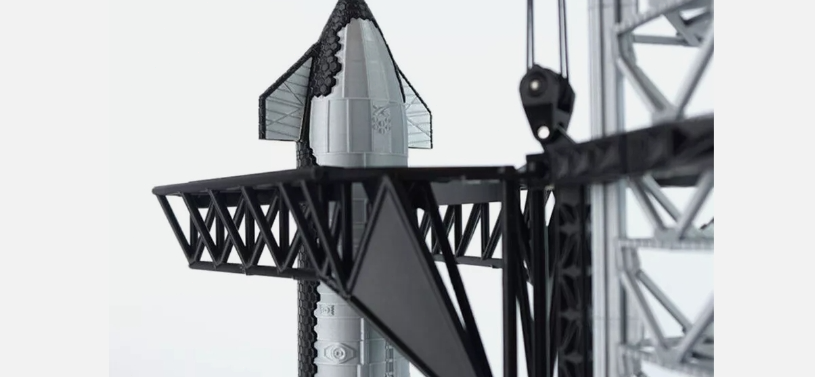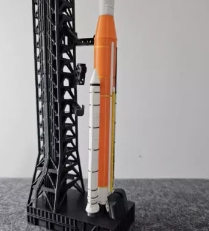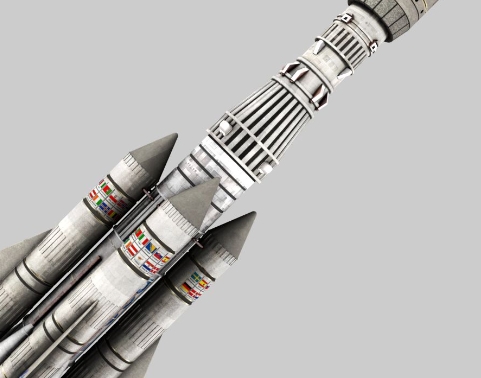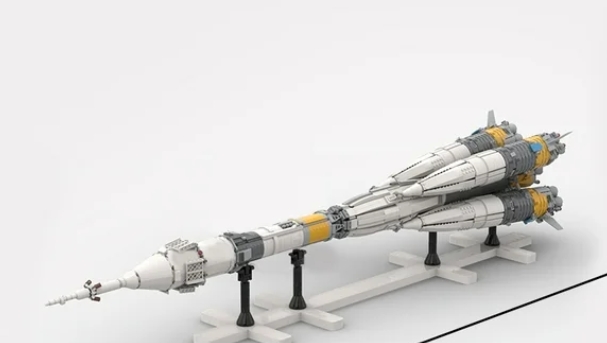Rocket models are a fascinating combination of science and art that not only demonstrate the structure and design of rockets, but also stimulate interest in aerospace technology. These models are usually made of plastic, wood or metal and accurately reproduce details of real rockets, such as fuel pods, engines and guide wings. Rocket models are not only suitable for display, but are also often used in education and research to help students and enthusiasts understand how rockets work and engineering techniques.
Assembling a model rocket is an interesting and challenging process. By reading instructions and precisely cutting and assembling parts, model enthusiasts can experience firsthand the complexity and detail of rocket manufacturing. In addition, the process develops hands-on skills and problem solving skills. The completed rocket model is often the pride of collectors, symbolizing a passion for space and a desire for scientific exploration.




